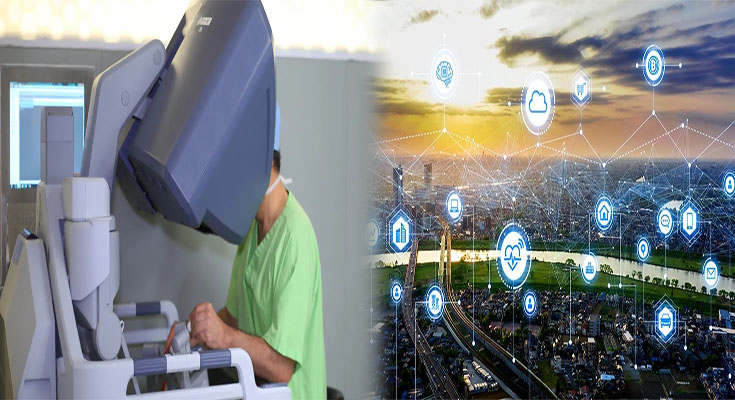
Improving the Quality of Data Ecosystems with AI
Data ecosystems, much like any other, require careful care and nurturing in order to thrive. However, it is not always easy to maintain these systems, and as is the case with every ecosystem, prolonged neglect can be fatal. Fortunately, technology has lifted this burden, and with AI, the quality of data ecosystems can be improved drastically. Let us see how this happens and how you, too, can benefit.
How Data Ecosystems are Thriving with the Help of AI
As mentioned in the introduction, it can be a challenge to maintain a healthy data ecosystem. Receiving, sorting, and storing large amounts of data regularly can be overwhelming, and when this data is not handled correctly, it can lead to a number of issues. For example, the quality of the data will be at risk, and using such data for decision-making can be devastating. However, these challenges can be overcome with the …
Improving the Quality of Data Ecosystems with AI Read More




